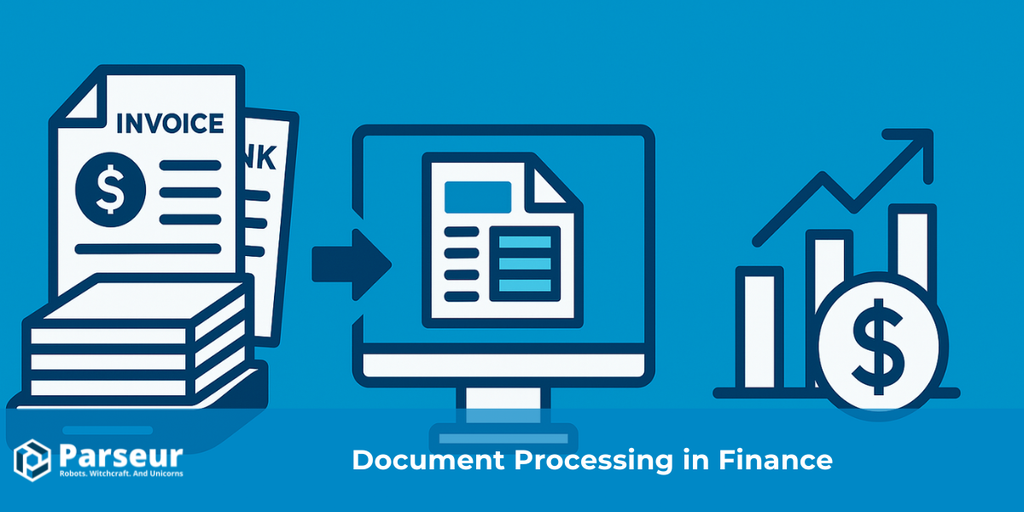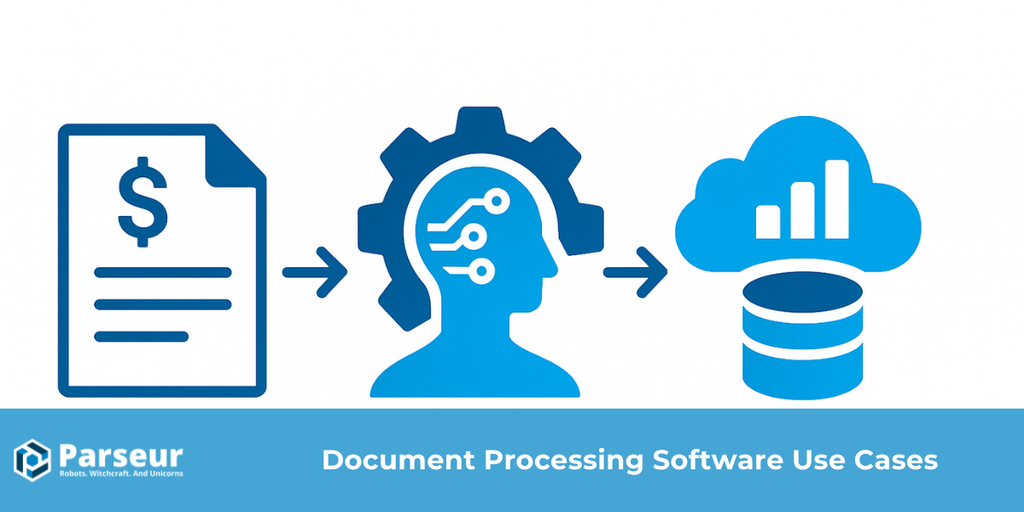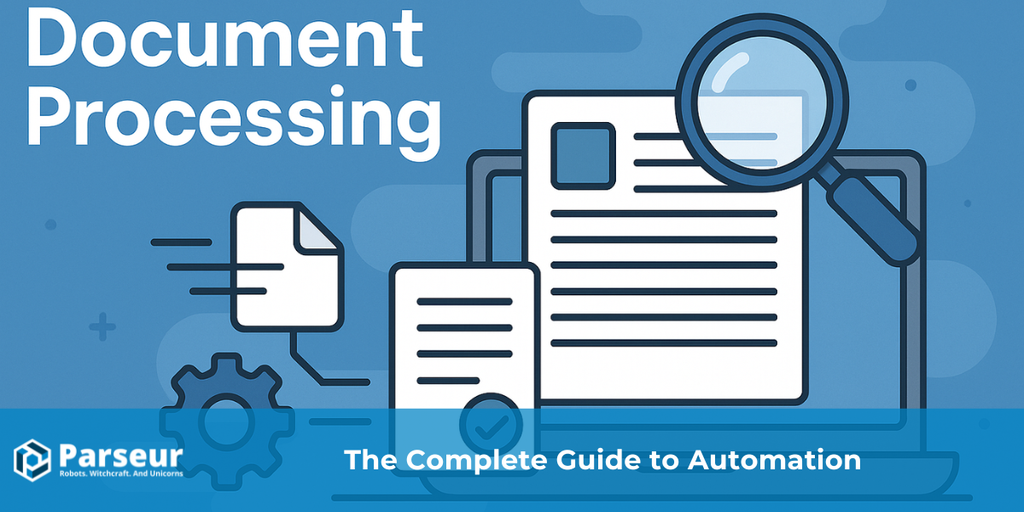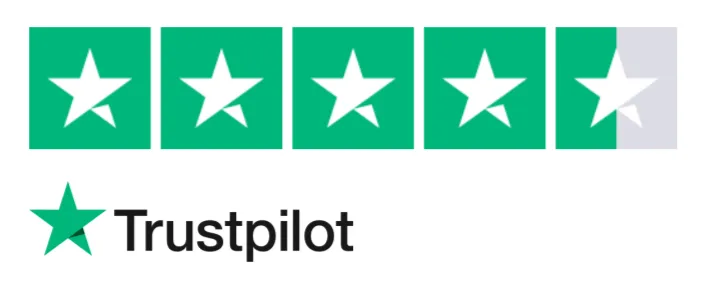Key Takeaways
- Start with your needs: Map where documents live, who handles them, and downstream systems before shortlisting tools.
- Prioritize core features: High-accuracy OCR, AI-powered extraction, no-code template builders, and real-time integrations are non-negotiable.
- Watch for red flags: Avoid tools that require coding, break with layout changes, lack retry logic, or offer poor support.
Why Software Choice Matters More Than Ever
Selecting the right document processing software is a high-stakes decision: employees waste an average of 30% of their time searching for and manually entering document data (The ECM Consultant). A misstep can leave your team mired in errors, slow down approvals, and result in missed deadlines.
In this 2026 Buyer’s Guide, we’ll walk you through a proven three-step journey to ensure you choose the ideal solution for your organization:
- Define Your Needs: Identify where your documents reside, who manages them, and how the extracted data should flow.
- Evaluate Core Features: Compare OCR accuracy, AI-powered extraction, no-code template builders, and integration options.
- Vet Potential Vendors: Ask the right questions about uptime, security, roadmap, and support, so you select a partner, not just a product.
Follow these steps to streamline your search, eliminate guesswork, and invest in the document automation platform that drives real ROI.
Xerox found that 46% of SMB employees waste time daily on inefficient paper-based document processes.** This highlights how poor software choices can result in significant daily operational costs.
Along the way, we’ll also demonstrate how Parseur provides flexibility, accuracy, and ease of use for teams seeking automation without complexity.
If you’re new to document automation or want more context before diving in, we recommend reading our Document Processing guide.
Define Your Document Use Cases First
Before evaluating any software, pinpoint exactly which documents you need to automate and where those documents currently live. Use the checklist below to capture your baseline.
According to Bitkom, in 75% of surveyed organizations, more than half of all business processes are still conducted on paper. The right tool depends heavily on what types of documents you’re working with and how they fit into your existing workflows.
Ask yourself the following:
- What kinds of documents are you processing? (e.g., invoices, forms, receipts, legal documents)
- How do these documents arrive? (email, scan, app upload, etc.)
- What is your end goal? (data extraction, approval workflows, reporting, etc.)
- What format do you need the output in? (Excel, JSON, API-ready, etc.)
Clarity in these areas helps you choose a solution that aligns with your goals, rather than forcing workarounds later.
Quick checklist to define your needs:
- Do you process scanned PDFs?
- Do you need integration with Excel, Google Sheets, or a CRM?
- Is multilingual OCR important to your operations?
- Do your documents have a consistent layout, or do they vary often?
- Will you need real-time processing or batch uploads?

Understanding your use cases not only narrows down your options but also sets the stage for long-term success. If your business operates in a specific vertical, such as finance or logistics, it may be worth exploring tools with built-in support for those document types.
Need more ideas? Discover how document processing works in industries such as finance, or explore our use case library.
Tip: If you encounter ingestion bottlenecks such as documents stuck in email threads or buried on shared drives, refer to our Common Document Processing Challenges for solutions to streamline intake.
Key Features To Look For In Document Processing Tools
Once your use cases are clear, the next step is to identify the features that will effectively support your workflows. Not all document handling tools are built the same. Below are the key features to consider when evaluating your options.
OCR accuracy and multi-format support
The core of any document management tool is Optical Character Recognition (OCR). Look for software that:
- Accurately reads text from scanned images, PDFs, and emails
- Handles blurry, rotated, or handwritten documents
- Supports multiple file formats, including HTML attachments
AI-powered data extraction
AI capabilities allow tools to do more than just read text. They can:
- Identify specific data points like dates, amounts, and IDs without templates
- Adapt to changing layouts, such as invoices from multiple vendors
- Reduce manual rule setting with intelligent field detection
No-technical-knowledge-required template builder
Not every team has developers on hand. A no-digital-knowledge-required environment helps by:
- Letting users build templates using point-and-click
- Enabling business teams to maintain and update parsing logic independently
- Reducing setup time and IT dependency
Multi-language support
Global teams often deal with documents in several languages. Ensure your tool:
- Supports OCR in multiple languages
- Can handle international characters and formatting
- Offers consistent accuracy across language variations
Integrations
Your document data needs to flow into other tools. Check for:
- Direct integrations with Google Sheets, Excel, CRMs, and databases
- Support for automation platforms like Zapier, Make, or Power Automate
- Bonus: Native API access and webhook support for real-time workflows
Security and compliance
Sensitive data requires serious protection. The tool should provide:
- End-to-end encryption of all documents
- Customizable document retention policies
- Certifications like SOC 2 or ISO, plus transparency on uptime
Red Flags To Avoid When Choosing A Tool
Choosing the wrong document handling software can lead to broken workflows, low accuracy, and added manual work. Studies from Titan Framework show that 15–20 % of invoices still require manual validation or correction, even when using automated processing systems. It can also slow down your team's productivity and make it harder to scale automation effectively. To avoid common pitfalls, here are the key warning signs to watch for:

Requires coding to set up rules
If a tool needs developer assistance just to create parsing rules or templates, it limits accessibility for business users and slows down adoption.
No fallback for failed extractions
Without a fallback mechanism or alert system, failed document extractions can go unnoticed, leading to data loss or delays in processing.
Lacks integration options
A lack of native integrations or export features forces teams to rely on manual processes, reducing the effectiveness of automation.
Template-only systems that break with layout changes
Rigid, template-only tools often fail when document formats change slightly, requiring constant manual maintenance.
Poor customer support and onboarding
Insufficient documentation, lack of responsive support, or no onboarding process can prevent teams from getting up and running efficiently.
Want to understand more about what happens when these issues go unchecked? Read our article on Common Document Processing Challenges for real-world examples and deeper insights.
Evaluating Vendors: Questions To Ask
Once you’ve narrowed down your list of tools, the next step is evaluating how each vendor aligns with your needs. Taking the time to ask the right questions can help you avoid future roadblocks and ensure the solution supports your long-term goals. Here are key questions to ask before making a decision:
What OCR engine do you use (Google Vision, Tesseract, proprietary)?
Understanding the OCR engine helps assess how well the tool will handle different document types and qualities. Some engines specialize in scanned images or specific languages, so it’s important to know what powers the extraction.
How does your tool handle unexpected layouts?
Documents don’t always follow a fixed structure. A strong solution should adapt to variations without breaking or requiring constant updates. Ask if their system uses AI or fallback methods for layout changes.
Do you support both rule-based and AI parsing?
Having both options gives you flexibility. Rule-based templates are well-suited for structured documents, while AI parsing is more effective for semi-structured or unpredictable formats. The right mix helps strike a balance between accuracy and control.
What is your average extraction accuracy rate?
Vendors should be transparent about their accuracy benchmarks. High accuracy (typically 90% or higher) is essential to reduce manual review and boost the ROI of automation. Bonus if they offer confidence scoring or audit trails.
Can I integrate without developers?
Low-code or no-digital-knowledge-required integration means faster setup and easier maintenance for business teams. Look for drag-and-drop tools, pre-built connectors (like Zapier or Make), and clear documentation.
What’s your uptime and retry logic?
Downtime or failed deliveries can hurt your operations. Ensure the vendor offers high uptime (99.9% or more) and automatic retries for failed extractions or API calls. This ensures reliability at scale.
What is your roadmap for AI/ML improvements?
Why Parseur Checks All The Right Boxes
When evaluating document processing tools, you need a platform that offers strong performance, flexibility, and long-term reliability. Parseur builds on its AI-powered foundation to deliver an intuitive, scalable solution that meets real-world business needs.
AI-First Parsing with Custom Templates
Parseur’s core engine leverages advanced AI to automatically extract data from any document layout—no manual rules required. You can also create custom templates in minutes, ensuring pinpoint accuracy for recurring documents. This hybrid approach enables you to harness the speed and adaptability of AI while maintaining full control over your bespoke extraction needs.
No technical knowledge required
Users set up parsing templates with simple point-and-click tools. AI suggestions help speed up template creation, making it suitable for non-technical teams.
Wide document and language support
Parseur can import emails, PDFs (including scanned documents), attachments, HTML, and other file types. Its OCR engine supports more than 60 languages and even handwriting in some cases.
Integrations and real-time delivery
Parseur connects to over a thousand applications through Zapier, Make, Power Automate, and webhooks for real-time data delivery. You can also export data directly to Excel, Google Sheets, JSON, or CSV.
Reliability at scale
Parseur delivers industry-grade uptime (99.9 percent+) with retry logic and dual-sending redundancy to prevent data loss. It processes millions of documents per month and is built to scale.
Cost savings
On average, Parseur customers save approximately 189 hours of manual data entry per month, representing a 98 percent reduction, which equates to over USD 90,000 annually.
Parseur’s combination of AI-first parsing, user-friendly template building, multilingual OCR, real-time integrations, reliability, and security makes it a strong choice for businesses looking for a future-ready solution.
Choose Software That Grows With You
Choosing the right document handling software is not just a technical decision; it's also a strategic one. It’s a long-term investment in your team’s efficiency, data accuracy, and business scalability. Organizations using intelligent document processing reduce their manual workload by 25–40%, according to ITech.
The right platform should simplify your workflows, adapt to various document types, and integrate easily with your existing tools. It should also offer reliability, compliance, and a user-friendly setup that enables your team to move fast without heavy IT involvement.
Parseur combines all of these qualities. With its hybrid parsing capabilities, flexible templates, enterprise-grade security, and real-time integrations, it empowers teams to enhance operations and reduce manual work.
If you're ready to reduce errors, save time, and scale your document workflows, consider starting with a low-risk option.
Try Parseur for free and automate your first document in minutes. No credit card required.
Frequently Asked Questions
Choosing document processing software can feel overwhelming. Below are common questions to help clarify your options and guide you toward the right solution. Whether you're comparing tools or trying to understand key features, these FAQs will help you make a more informed decision.
-
What is the best document processing software?
-
It depends on your business needs, the types of documents, and the integration requirements. Tools like Parseur stand out for their mix of AI-driven extraction, no-technical-knowledge-required setup, and real-time workflow support.
-
How do I compare OCR tools?
-
Compare OCR tools based on text recognition accuracy, support for multiple formats, language capabilities, and their ability to handle noisy or scanned documents effectively. It also helps to evaluate whether the tool includes AI for context-based data extraction.
-
What features should I look for in document parsing software?
-
Look for core features such as high OCR accuracy, AI-based field recognition, a template builder that requires no technical expertise, language support, API integrations, and compliance with industry-standard security protocols. These features ensure flexibility and long-term scalability.
-
What’s the easiest no-digital-knowledge-required parser for business users?
-
Parseur is known for its simple drag-and-drop interface that allows business users to create parsing rules without any coding. It also provides templates and smart automation to reduce manual work and errors.
Last updated on







